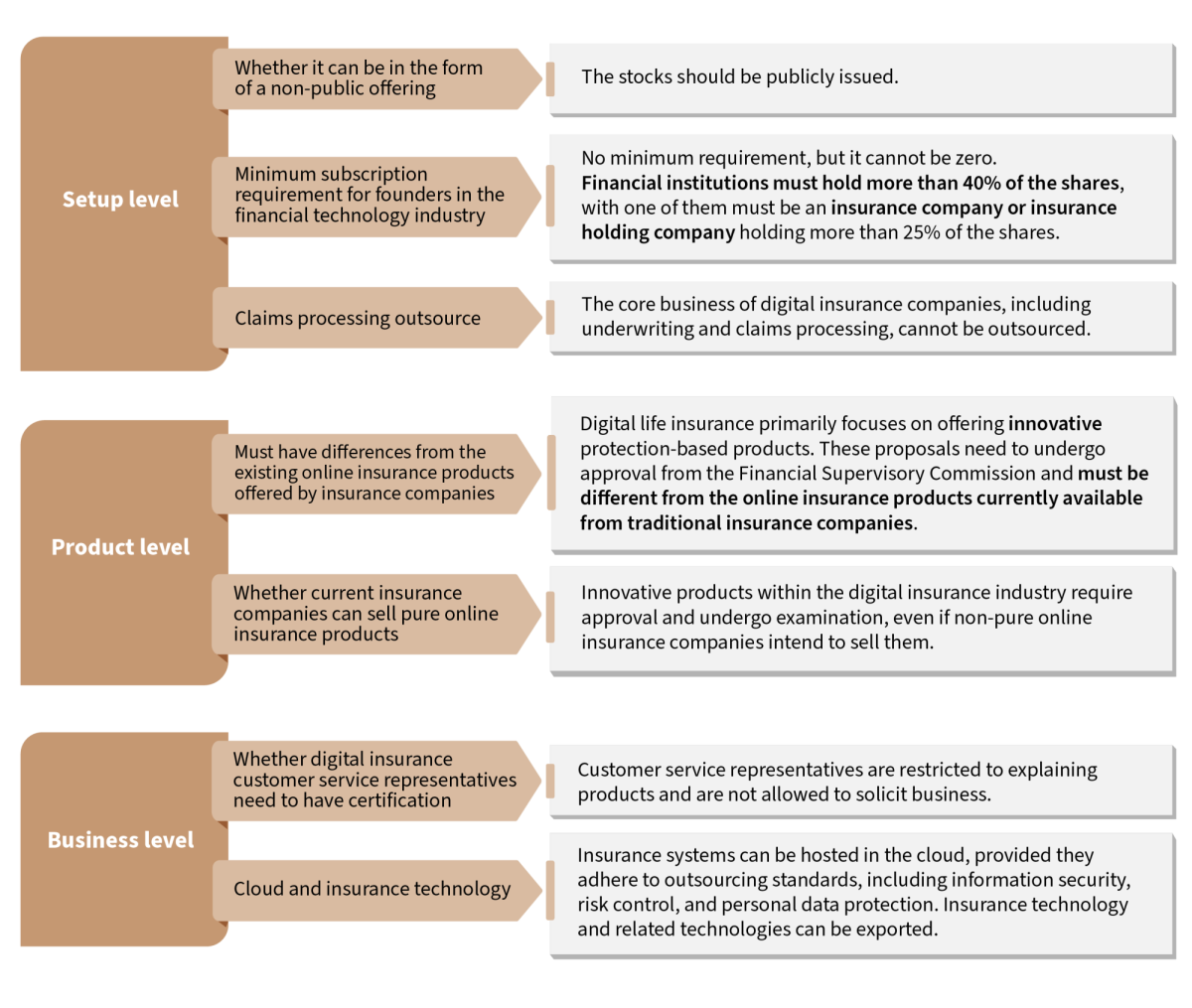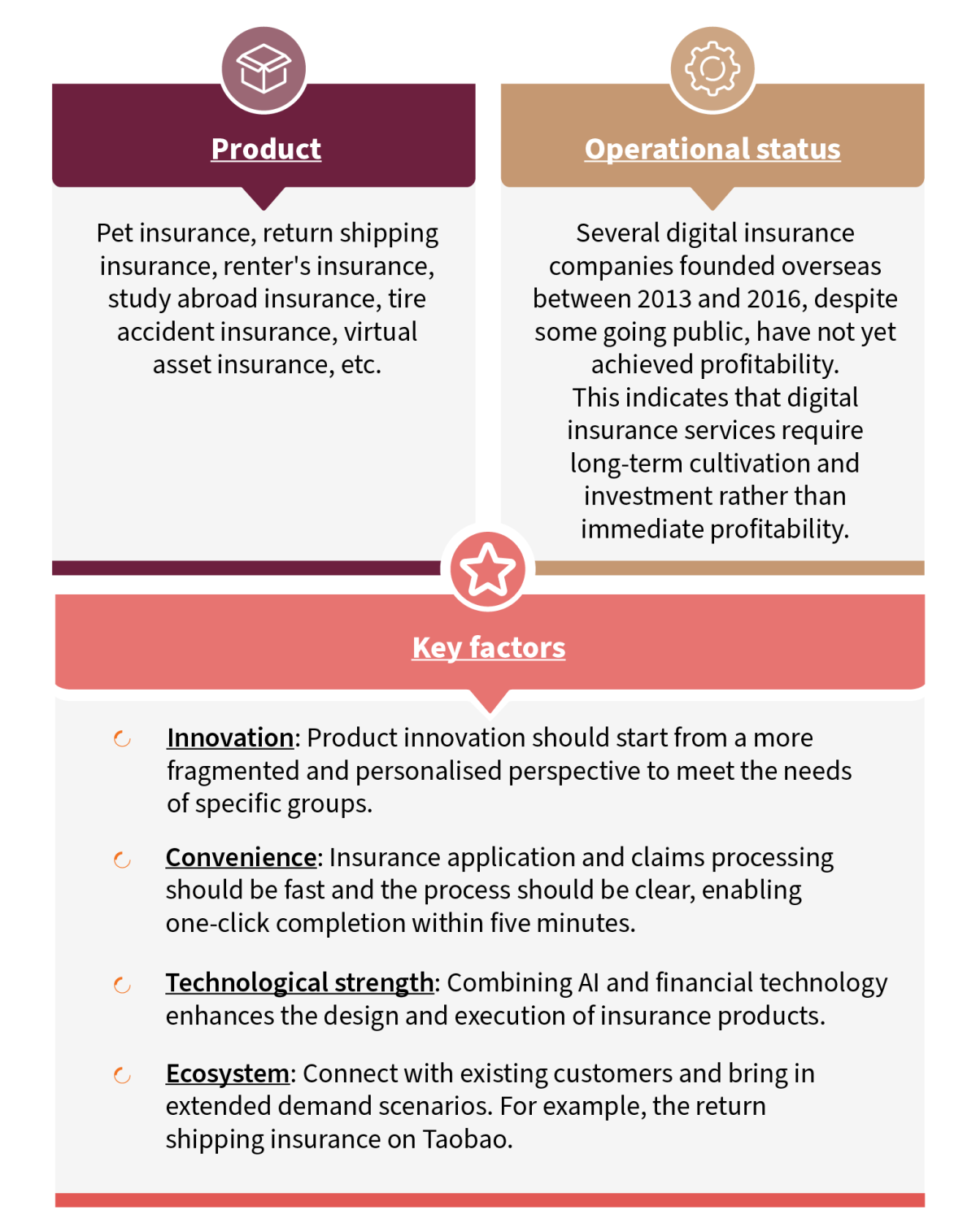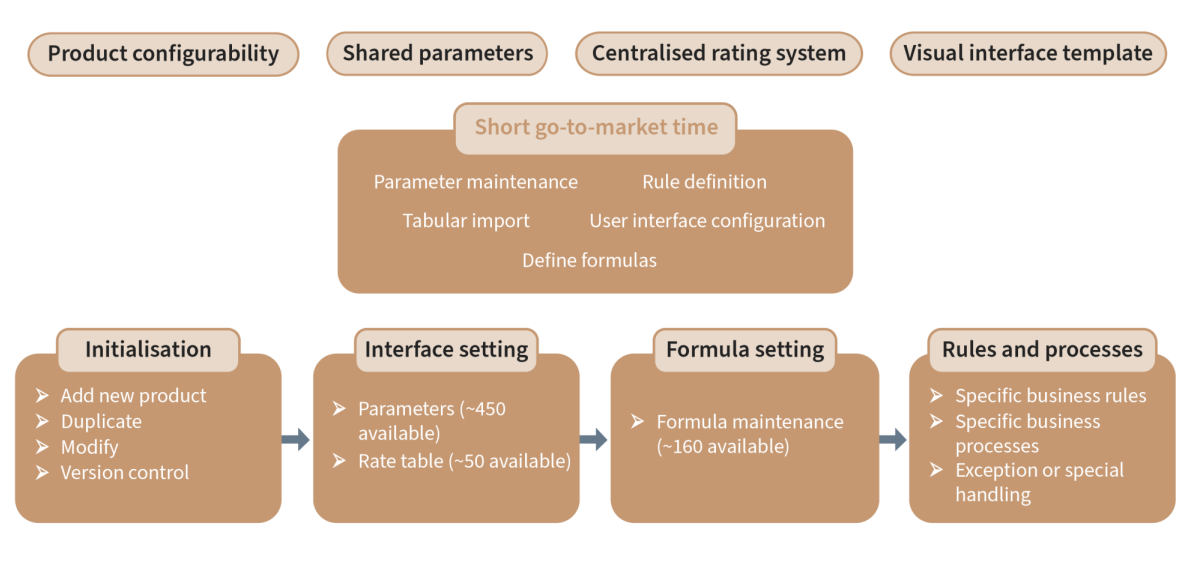Discover the current state of digital insurance applications in Taiwan, reasons for unsuccessful attempts, and strategies to overcome execution challenges for financial institutions.
In today’s digital age, the internet has transformed the way we live and interact. From shopping to banking, users now expect seamless online experiences. While online businesses have been thriving for years, a new wave of innovation is sweeping the financial industry. With the rise of digital banks in Taiwan, traditional financial institutions are eagerly seeking opportunities to explore digital insurance.
Finally, in August 2022, Taiwan’s Financial Supervisory Commission officially opened its doors and started accepting applications for digital insurance.1 However, to date, no institution has successfully established a digital insurance presence in Taiwan. If the applications are reopened in 2023, there is hope for the establishment of its first insurance business that embraces the digital landscape, pioneering the market.
Key differences between digital insurance and traditional insurance
Digital insurance has emerged as a transformative force. Compared to traditional insurance, digital insurance introduces significant changes. Here are the key differences to consider:
- Company composition: The digital insurance sector encourage participation of fintech companies.
- Sales service: Digital insurance companies typically do not need to establish business or sales personnel.
- Channels: Digital insurance products are sold entirely online, with all applications, underwriting, and claims processing completed on the online platform.
- Products: Digital insurance companies offer innovative online-exclusive insurance products or redesigned existing insurance products to meet the needs of online consumers, distinguishing themselves from traditional insurance offerings.
Current situation of digital insurance applications in the domestic market
There is a high interest but low participation
Due to the resource investment and the lack of immediate profit recovery incentives, multiple institutions have opted for a wait-and-see approach instead of pioneering digital insurance, despite expressing interest and inquiring about the application process.
Reasons for unsuccessful applications:
- Need for improvement in product innovation
- Financial estimates were too optimistic, and the turnaround time for profit was too short
- Regulations for financial initiators and financial technology professionals were not met
Reference for application requirements

The practice of digital insurance in foreign countries
Overseas regions, such as in the United States, China, Hong Kong, Japan, etc., already have well-established digital insurance companies. We can gain insights into the digital insurance landscape by observing their products, operational status, and key management factors:

However, despite practicing digital insurance for many years, overseas companies have struggled to achieve profitability. So, why do these companies continue to invest in it?
- Expectations for long-term returns: No business wants to consistently incur losses. Digital insurance companies have the advantage of quickly and efficiently offering insurance products to consumers through online platforms, eliminating the need for extensive manpower and physical locations required by traditional insurance companies. Moreover, they can reach a broader customer base without geographical limitations, providing an opportunity for expansion.
- Establishing an ecosystem: Digital insurance companies can leverage their existing customer base and product services to cross-sell within the group. They also have the potential to collaborate with related industries to attract new customers, expand their customer base, increase market share, and develop long-term customer relationships.
- Improving services and brand image: In the era of rapid technological advancement, demand should not just create supply. Companies should have the ability to use existing customer resources combined with technology applications, proactively identify customer needs, create user demand with innovative services, and become pioneers of emerging services.
Overcoming the execution challenges
Entering the digital insurance market presents many challenges, including designing innovative products, obtaining regulatory approval for each policy, and developing a sustainable profit model.
To foster innovation in digital insurance, we suggest starting with specific customer needs and providing customised insurance products. Given the fragmented nature of digital insurance, product design should consider factors like time periods, insurance matters, and customer groups, while also addressing specific demands.
For instance, working with travel agencies and analysing customer data can help identify the characteristics and behaviours of the target group, enabling the design of tailored protections for travellers who are concerned about personal assets, pets, or family members while they are away for extended periods. By identifying different scenarios, we can explore innovative insurance services for specific target groups.
When it comes to policy reviews and profit models, utilising insurance middle-office systems can greatly speed up the review process and ensure efficiency in the long run. To gain a better understanding of the functions and processes involved in launching insurance products, please refer to the diagram below:

The system plays a crucial role in risk prediction, pricing, claims actuarial, and other key areas, facilitating the launch of new products, reducing cycle times, and enabling swift responses to evolving customer demands. These capabilities are integral to the development and growth of the digital insurance business.
We should remain vigilant about potential future relaxations in restrictions and explore innovative methods like leveraging crowdfunding platforms to drive the growth of the digital insurance business. For further discussions and insights, please feel free to contact our experts.
